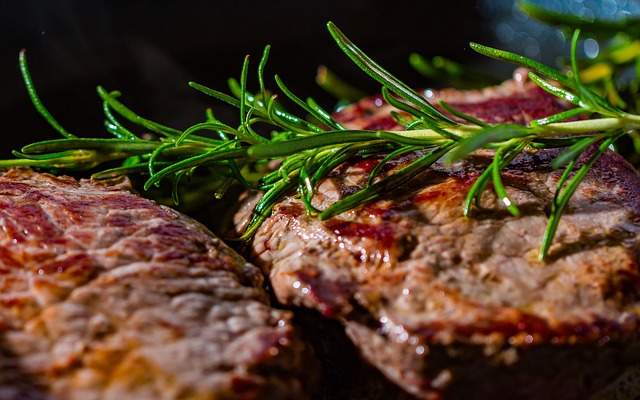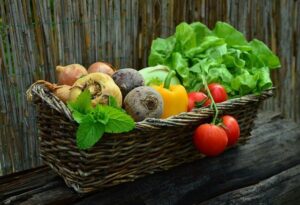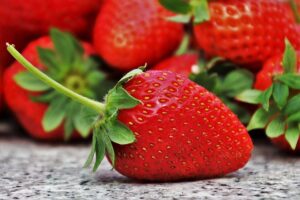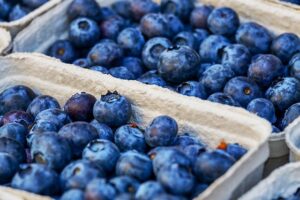Introduction
Carbohydrates are one of the essential macronutrients required by the human body for energy production. They are found in various foods, including grains, fruits, vegetables, and dairy products. But what atoms make up carbohydrates? In this article, we will dive deeper into the composition of carbohydrates and explore the atoms that form these vital molecules.
Monosaccharides: The Building Blocks of Carbohydrates
Carbohydrates are made up of simple sugar molecules known as monosaccharides. Monosaccharides are the basic building blocks of carbohydrates and cannot be broken down into smaller sugar units. The most common monosaccharides found in carbohydrates are glucose, fructose, and galactose.
Glucose is the primary source of energy for the body. It is a six-carbon sugar that is produced during photosynthesis in plants. Fructose, also a six-carbon sugar, is commonly found in fruits and honey. Galactose, another six-carbon sugar, is found in dairy products.
Disaccharides: Two Monosaccharides Joined Together
Disaccharides are formed when two monosaccharides are joined together through a chemical reaction called dehydration synthesis. The most well-known disaccharides are sucrose, lactose, and maltose.
Sucrose, commonly known as table sugar, is composed of glucose and fructose. It is found in sugar cane, sugar beets, and various sweetened foods and beverages. Lactose, also known as milk sugar, is composed of glucose and galactose. It is found in milk and dairy products. Maltose, composed of two glucose molecules, is found in malted grains and is often used in brewing and baking.
Polysaccharides: Complex Carbohydrate Structures
Polysaccharides are complex carbohydrate structures composed of long chains of monosaccharides. They are formed by joining numerous monosaccharide units through dehydration synthesis. The most common polysaccharides are starch, glycogen, and cellulose.
Starch is the primary storage form of carbohydrates in plants. It is composed of glucose molecules and serves as an energy reserve. Starch is found in foods like potatoes, rice, and bread. Glycogen, on the other hand, is the storage form of carbohydrates in animals, including humans. It is highly branched and composed of glucose units. Glycogen is stored in the liver and muscles and is broken down when energy is needed.
Cellulose is a structural polysaccharide found in the cell walls of plants. It is composed of glucose molecules arranged in a linear fashion, forming a rigid structure. Cellulose is indigestible by humans but provides dietary fiber, aiding in digestion and maintaining bowel regularity.
Conclusion
In conclusion, carbohydrates are composed of various atoms, primarily carbon, hydrogen, and oxygen. The basic building blocks of carbohydrates are monosaccharides, such as glucose, fructose, and galactose. These monosaccharides can combine to form disaccharides like sucrose, lactose, and maltose. Furthermore, multiple monosaccharides can join together to create polysaccharides, including starch, glycogen, and cellulose. Understanding the composition of carbohydrates helps us appreciate their role as an essential energy source in our diet.
References
– National Center for Biotechnology Information. (2021). Carbohydrates. Retrieved from ncbi.nlm.nih.gov
– Whitney, E., Rolfes, S. R., Crowe, T., Cameron-Smith, D., & Walsh, A. (2019). Understanding Nutrition: Australia and New Zealand Edition. Cengage Learning Australia.













